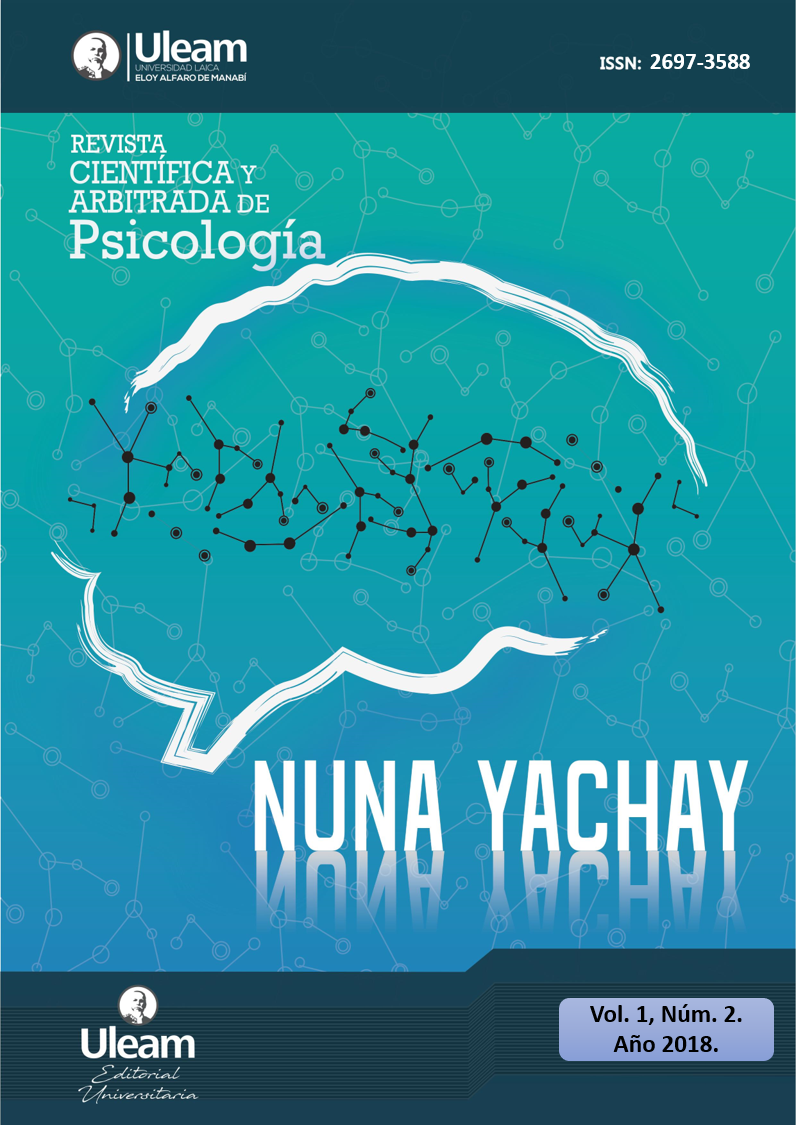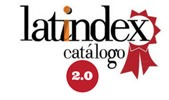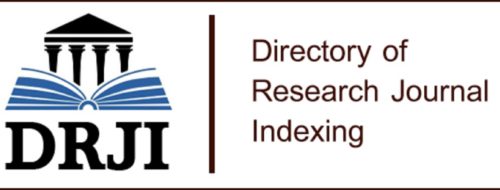Consumption of psychoactive substances and risk factors in women residing in Manta
Investigation article
Keywords:
psychoactive substances, level of intervention, risk factors, women, UleamAbstract
This research was based on describing the consumption of psychoactive substances and the risk factors in women between 18 and 30 years old, students of the Universidad Laica Eloy Alfaro de Manabí (Uleam) belonging to the city of Manta, working with a critical approach purposeful and at the same time with a quantitative character, for which information was sought that was subjected to a numerical analysis; The population consisted of 247 women between 18 and 32 years of age, students of Uleam, for their part, for data collection, the alcohol, tobacco and substance use detection test (ASSIST) was applied. The results were obtained that within this population the age of highest consumption is from 19 years onwards, and that the risk factors with the most influence in said population are low assertiveness, low self-esteem, lack of conformity with the social norms and the little knowledge they have regarding the consumption of psychoactive substances, in this way it was possible to formulate strategies for the prevention of psychoactive substances in female students of the Uleam in the city of Manta.
Keywords: psychoactive substances, level of intervention, risk factors, women, Uleam.
Downloads
References
Cortez (2010). Manual de adicciones para psicólogos especialistas en psicología clínica en formación. Socidrogalcohol.
De León, G. (2010). Desarrollo cognoscitivo: las teorías de Piaget y Vigotsky. http://www.academia.edu/15731133/Desarrollo_Cognoscitivo_Las_teor%C3%ADas_de_Piaget_y_de_Vygotsky
Delito (2017). Conclusiones y consecuencias en materia de políticas. Informe mundial sobre las drogas, 9.
Herrera (2015). Principales factores de riesgo psicológicos en los adolescentes. Red Cubana Pediátrica, 1.
Lara (2015). Consumo de sustancias psicoactivas. Observatorio económico social UNR, 1.
Mujerhoy (2017). Psicoactiva. https://www.psicoactiva.com
NIH (2015). Drugbuse. https://www.drugabuse.gov/es/en-espanol
OMS (2017). El Comercio. https://www.elcomercio.com/tendencias/oms-informe-muerte-consumo-drogas.html
OMS (2018). Organización Mundial de la Salud. http://www.who.int/topics/risk_factors/es/
OPS (2010). ASSIT. La prueba de detección de consumo de consumo de alcohol, tabaco, y sustancias ASSIST manual para uso en la atención primaria, 1.
Paz (2014). https://psicopatologia4.wordpress.com. https://psicopatologia4.wordpress.com/2014/11/05/factores






3.jpg)











